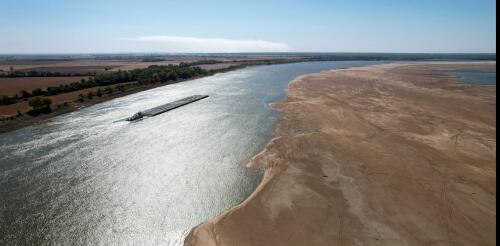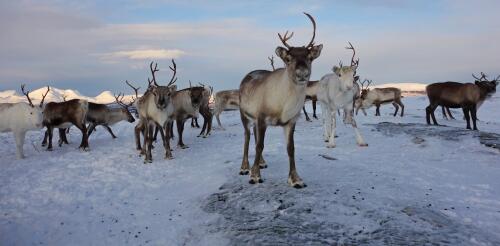Climate change
Mercury pollution is a global threat to human health, especially to unborn babies and young children. Exposure to methylmercury, a type that forms when mercury washes into lakes and streams, can harm children’s brain development and cause symptoms including speech impairment and muscle weakness in adults who consume seafood as their main food source. Methylmercury also threatens health and reproduction in fish and other wildlife. Humans, animals and birds are exposed to methylmercury when they eat fish and shellfish. Scientists have been working for decades to understand how and when fish accumulate mercury. This information is key for assessing mercury risks across different water bodies and landscapes, and for evaluating policy changes designed to reduce mercury emissions. For decades, scientists have used fish ear stones, known as otoliths, to gain insights into fish growth, migration, diet and the timing of their exposure to certain pollutants. These tiny structures of...
Rivers are critical corridors that connect cities and ecosystems alike. When drought develops, water levels fall, making river navigation harder and more expensive. In 2022, water levels in some of the world’s largest rivers, including the Rhine in Europe and the Yangtze in China, fell to historically low levels. The Mississippi River fell so low in Memphis, Tennessee, in mid-October that barges were unable to float, requiring dredging and special water releases from upstream reservoirs to keep channels navigable. Conditions on the lower Mississippi may be easing somewhat, thanks to early winter rains. But as Earth scientists at the University of Memphis, we see this year’s dramatic plunge in water levels as a preview of a climate-altered future. River barges are an efficient way to transport bulk commodities, such as grain shipments, and heavy equipment over long distances. But that’s true only for normal water conditions. Increased swings between extreme low...
Global warming has increased the number of extreme weather events around the world by 400% since the 1980s. Countries know how to stop the damage from worsening: stop burning fossil fuels and shift to renewable energy, electrify transportation and industry, and reduce the carbon intensity of agriculture. But none of this is happening fast enough to avoid warming on a catastrophic scale. In my new book, “The Climate Crisis,” I lay out the mechanisms and impacts of the climate crisis and the reasons behind the lack of serious effort to combat it. One powerful reason is the influence that the fossil fuel industry, electric utilities and others with a vested interest in fossil fuels have over policymakers. But there’s another reason for this inaction that everyone has the ability to change: response skepticism – the public doesn’t believe in its own political power enough or use it. When people speak up and work together, they can spur powerful chan...
The year 2022 will be remembered across the U.S. for its devastating flooding and storms – and also for its extreme heat waves and droughts. The nation saw 18 disasters that caused more than US$1 billion in damage each, well above the average. The year started and ended with widespread severe winter storms from Texas to Maine, affecting tens of million of people and causing significant damages. Then, March set the record for the most reported tornadoes in the month – 233. During a period of five weeks over the summer, five 1,000-year rainfall events occurred in St. Louis, eastern Kentucky, southern Illinois, California’s Death Valley and Dallas, causing devastating and sometimes deadly flash floods. Severe flooding in Mississippi knocked out Jackson’s troubled water supply for weeks. A historic flood in Montana, brought on by heavy rain and melting snow, forced large areas of Yellowstone National Park to be evacuated. In the fall, hurricanes Ian and Fio...
In the Arctic, the freedom to travel, hunt and make day-to-day decisions is profoundly tied to cold and frozen conditions for much of the year. These conditions are rapidly changing as the Arctic warms. The Arctic is now seeing more rainfall when historically it would be snowing. Sea ice that once protected coastlines from erosion during fall storms is forming later. And thinner river and lake ice is making travel by snowmobile increasingly life-threatening. Ship traffic in the Arctic is also increasing, bringing new risks to fragile ecosystems, and the Greenland ice sheet is continuing to send freshwater and ice into the ocean, raising global sea level In the annual Arctic Report Card, released Dec. 13, 2022, we brought together 144 other Arctic scientists from 11 countries to examine the current state of the Arctic system. Some of the Arctic headlines of 2022 discussed in the Arctic Report Card. NOAA Climate.gov...




